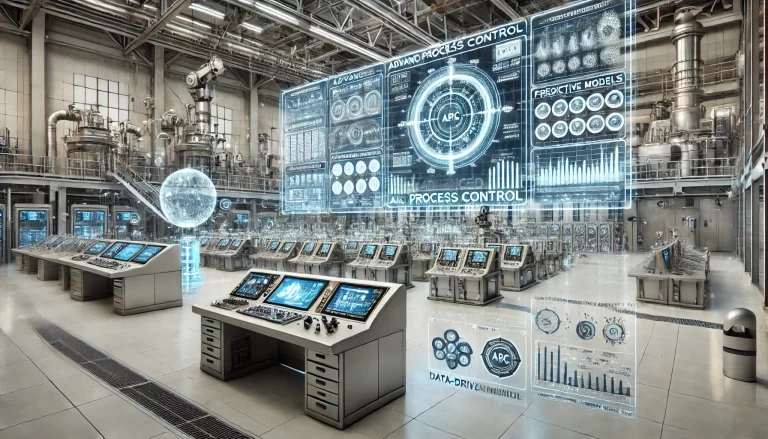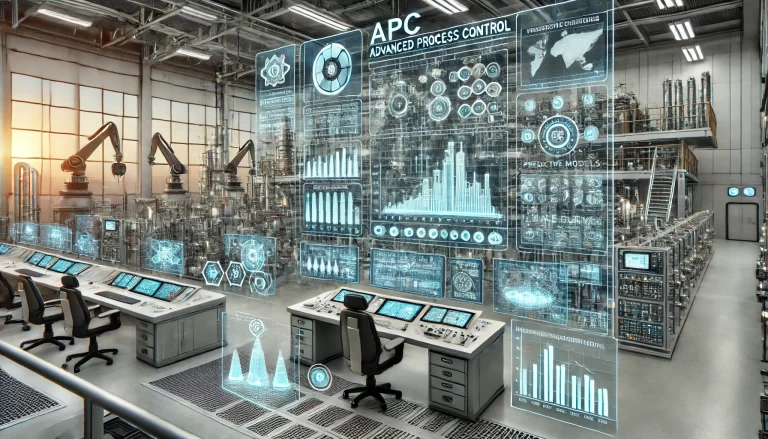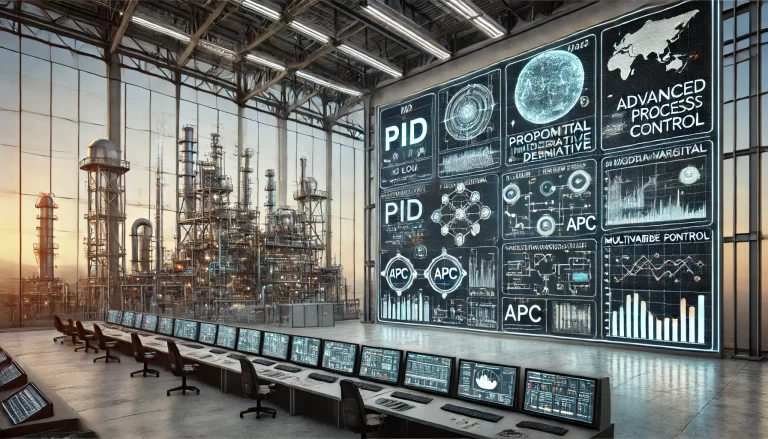In the quest to improve process automation in industrial environments, one crucial but often overlooked starting point is a deep understanding of the problem itself. Before introducing advanced technologies, it is essential to recognize the foundational role of basic control principles. However, in practice, many automation initiatives quickly jump to buzzwords—advanced control, expert systems, or even artificial intelligence. Why?
The answer is simple: we’ve already solved the easy problems with the tools and resources at hand. What remains are the stubborn, complex challenges that don’t yield to conventional methods. As a result, organizations tend to seek external solutions—investing in new equipment, purchasing advanced instruments, or upgrading their processes.
But here lies the trap: not all problems require high-tech solutions, and not all advanced tools can be effective in every context.

Why Advanced Technology Often Falls Short
Every tool, no matter how sophisticated, has its boundaries. A solution developed in a lab, or designed for textbook scenarios, may not work well in the messy realities of industrial production. When a new technology fails to deliver expected results, the root cause often lies not in the tool itself, but in its misapplication—using it in an unsuitable environment or without truly understanding the problem it’s meant to solve.
Developing new technologies is not the same as applying them effectively in engineering contexts. Throwing money at automation can bring results, but those results are often sub-optimal. This reveals two key points:
Improving automation is inherently complex, involving people, processes, and systems.
Our approach to automation improvement must evolve.

A Practical Methodology for Automation Enhancement
In real-world factories, improving automation is not just a technical task—it’s a business decision with cost implications. We must be familiar with various tools, but also understand their limitations. Blindly applying tools without understanding their boundaries can be counterproductive.
Based on years of practical experience, we’ve developed a methodology for improving automation in a structured and sustainable way. It focuses on these key principles:
Start with operational events as the entry point for analysis.
Apply process control tools selectively and scientifically—not just the newest or most advanced.
Pursue the goal of zero manual intervention, but with engineering simplicity.
Use minimal yet optimal technical interventions to achieve maximum process benefit.
Implement continuous improvement to drive long-term safety and profitability.
This approach moves beyond buzzwords and focuses on real, measurable progress.

The Role of Skills: “Method” vs “Craft”
Even the best methodology is useless without skilled execution. This brings us to a distinction often ignored in automation projects: the difference between “method” (法) and “craft” or “technique” (术).
Methodology can be taught and shared.
Technique must be developed through personal experience.
Just like mastering calculus doesn’t automatically make someone good at PID tuning, knowing principles doesn’t guarantee performance. There is a philosophical truth here, similar to Wang Yangming’s doctrine of unity of knowledge and action: understanding is not enough—you must act on what you know. And in engineering, that action requires practice, mistakes, reflection, and growth.

Challenges in Real Factory Environments
Many factories today lack a systematic approach to operation analysis. Some try to reduce operator interventions through rigid management practices. Fewer still aim to reduce intervention through technical improvements, which is a more sustainable path.
Precisely defining a problem is important—but solving it requires resources and talent. Without sufficient investment or capable engineers, it’s extremely difficult to solve complex problems with simple tools. In some international companies, automation initiatives may also fail at times. But because they attract excellent engineers who are committed to continuous improvement, they eventually succeed through iterative refinement. Over time, real progress is made—not through shortcuts, but through persistence.
A Real-World Example: Long-Term Collaboration and Sustainable Growth
My own journey with automation improvement began many years ago at SINOPEC Shanghai SECCO. That collaboration continues to this day. Working alongside experts like Mr. Wang Shuqing, the APC maintenance lead, we’ve built a partnership based not just on tools, but on mutual commitment to improvement.
Sustained results require the right methods, consistent support, and a willingness to evolve. Finding an appropriate operational and maintenance model for advanced control is not easy. Making the right decisions—and sticking to them—is even harder. But that is what makes the journey worthwhile.

Final Thoughts
Automation isn’t just about systems and software. It’s about people, mindset, and method. We need better tools, yes—but we also need better ways of thinking. Don’t just chase the latest technology. Start by deeply understanding the problem, using simple tools wisely, and committing to long-term improvement.
Only then can automation become not just a goal, but a sustainable reality.
